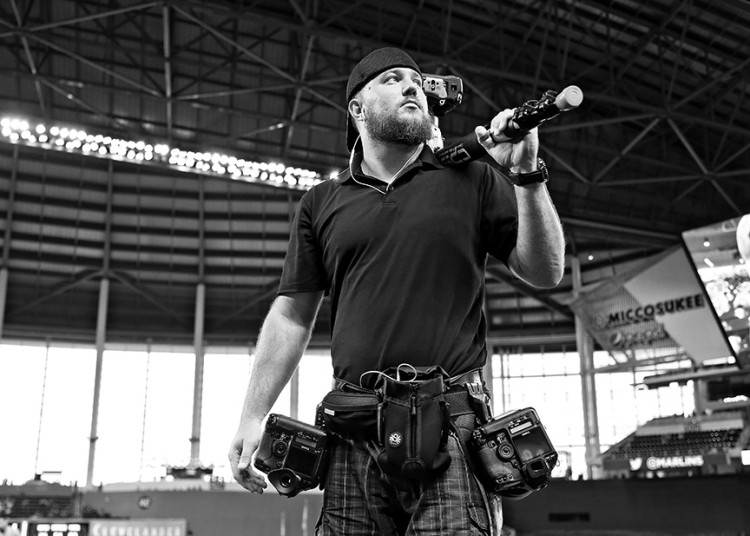
Editor’s Note: Rob’s latest KelbyOne course, Everyday Sports Photography with Your iPhone, gets you close to the action with your camera phone. This guest post from 2014 covers a lot of photography basics that, in combination with the lessons in his class, will have you well on your way to some amazing images!
Hello everyone, my name is Rob Foldy and I am a sports photographer. I am extremely humbled that Brad and Scott would ask me write this post for you all and I am excited to share with you some of the things I have learned thus far in my career and how I have been able to put them into practice. I like how Scott tends to break things down in his writings into “bite size pieces,” so I’m going to attempt to do the same. Most of the things I’m about to share apply to sports photography, but I think most of these tips and tricks can be used in almost all types of photography.
I tend to be long winded and go on lots of tangents, so I’m attempting to really reign myself in and only focus on one topic for this post: making a different photo than the other photographers.
This is important for all styles of photography, but especially true in sports where often times there are many photographers trying to take pictures of the same things. What will make your photos stand out? What will make a client want yours instead of theirs? What will make yours the best?
I’ve read lots of books and articles, watched lots of videos, and talked to lots of photographers whose work I admire in an attempt to try and make my photos better. Here are a few tips that have really stuck with me, and things I try to remember every time I go out:
Get Your Camera In A Different Place
It’s the first tip, in the first chapter, in the first book I read, Joe McNally’s The Moment It Clicks, when I decided to get serious about my photography. Like Joe said, chances are, the picture you’re thinking about has already been made, so how do you make it different? One way is to get your camera somewhere else. This may mean getting a perspective from above, lying on the ground, through a tree, with a remote camera, a longer lens, shorter lens, etc. Like I mentioned earlier, at most sporting events there are at least 5 photographers (if not 200) standing in the same place trying to make a picture. How do you make a different picture? It’s often simple: go somewhere else.
Getting Down: The Low-Angle
This one is from Peter Read Miller on Sports Photography. It’s so basic, yet so few people do it: LAY DOWN. You may get dirty, so what? Go home, throw your clothes in the laundry and take a shower! You probably already smell from working the event anyway. Now, this isn’t something you usually want for portraits, but getting a lower angle makes your subjects appear bigger and gives them a “larger than life” quality. Additionally, it cleans up your backgrounds and makes your photos look more dynamic than the photographer standing or kneeling next to you. (Side note: a higher perspective will also get very clean backgrounds, and nice light can make for interesting shadows. But, be careful that your photos still look professional from those angles, as it’s very easy to have them start looking like fan photos taken from the bleachers).
Clean Backgrounds
This again is in almost in every book, yet it’s another thing people don’t seem to keep in mind when making photos. Most of the time cluttered backgrounds can be avoided; it just takes foresight. Watch out for tents, advertisements, yard line markers, TV microphone plastic globe thingies, neon shirt wearing stadium attendants or anything else that’s going to distract from your photograph. Also, don’t be afraid to frame your subject. An isolated frame of a player (or athlete, car, what have you) with a clean background is nice, but what about one with some context and environment? And while you’re at it, keep those horizons straight. If you can’t get them straight in camera, at least fix them when cropping (unless you’re purposely tilting your frame, and in that case: tilt away my friend).
Where Is Your Light Coming From?
Is your subject backlit? Front lit? Is it nasty fluorescent light? Is it diffused sunlight? What about harsh noon-day light? Ooooo, what about golden hour light peaking in from the 3rd base side of an early spring baseball game? Makes me all tingly just thinking about it. Use whatever light you’re working with to your advantage (unless it’s fluorescent light, then just strobe it or, I don’t know, fluorescent light sucks).
Get Your “Safe” Photos Before You Start To Gamble Too Much
If you’re working for a client, there are certain things you’re usually required to turn in from every event. Typically, for most sports, that’s both head coaches, leading scorers, large plays, and celebration (nicknamed “jubo”, short for jubilation. A term I taught Scott and he really loves. Another fun sports word I shared with him is “reacts.” This one is great when captioning, as in “John Smith reacts after striking out and causing his team to lose the big game,” or ,”Jane Doe reacts after being called for technical foul.”) Here I go rambling; back to safe vs. gamble photos. Get the images you know you need to turn in before you start experimenting too much. This is one of the reasons I like to use a lot of remote cameras. I set those up for the photos I know in advance I’d like to get, and then I get the “safe” photos with my handheld cameras. If the remotes work out and I get the pictures I want, great. But if they don’t, I still got what I needed (or arrive early and experiment before the game).
Work Harder Than Anyone Around You
This is the overall tip I want to leave you with is this simple, yet very difficult tip. Get there early & stay late. Run back and forth to the other end or the track/field/court/whatever. Lay down on the ground, climb stairs to get a different perspective. Read books, watch videos (and join KelbyOne if you haven’t already. I don’t care what kind of photographer you are or what level you’re at, the content on the site is phenomenal. I wish I had enough time to spend hours a week just watching some of these instructors teach.) Good companies/clients will admire hard work and the desire to get better. (Good companies/clients, not all companies/clients). Take this craft seriously. We’re lucky. With digital media, modern camera metering technology, automatic modes, and auto focus lenses, it’s easier than ever to begin down the path of being a photographer. But the line is drawn when people know how to compose a good photograph, use light correctly, and actually work hard at the trade.
Oh, one more thing…
Get Your Work Critiqued
I am the biggest critic of my own work, but there are a few people fighting passionately for second place. If you want to get better, let people you trust tear your work apart. “It’s crooked. The white balance is too green. Dirty background. His foot’s cut off. That’s boring.” If you ask the right people, don’t take it personally, they’re just trying to make you better. And it will make you better. There are a ton of photographers out there. If you’re going to stand out, it’ll be because you’re the best. Or at least working harder than everyone around you.
Thanks for your time, and I hope these things that I’ve learned may be able to help some of you. I tried to keep this short, sweet & simple, but if you’d like to discuss any of this in more detail, please feel free to contact me through my website.
Cheers,
Rob
You can see more of Rob’s work at RobFoldyPhotography.com, check out his latest course Everyday Sports Photography with Your iPhone and others at KelbyOne.com, and keep up with him on Twitter and Instagram.



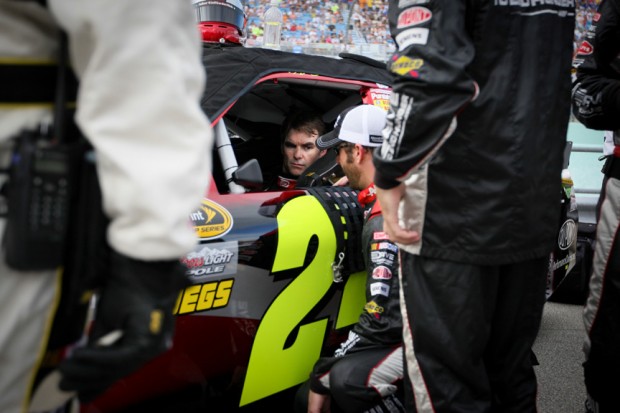
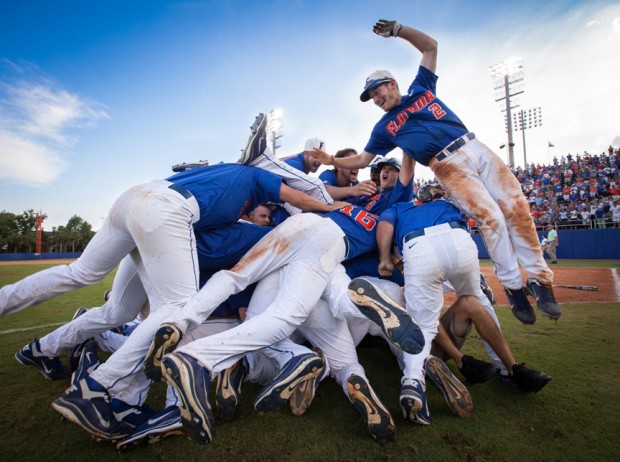
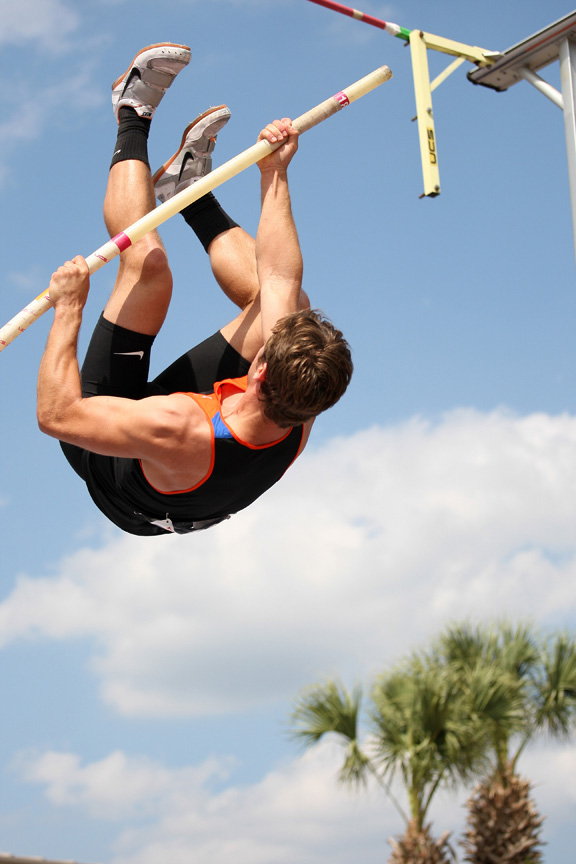
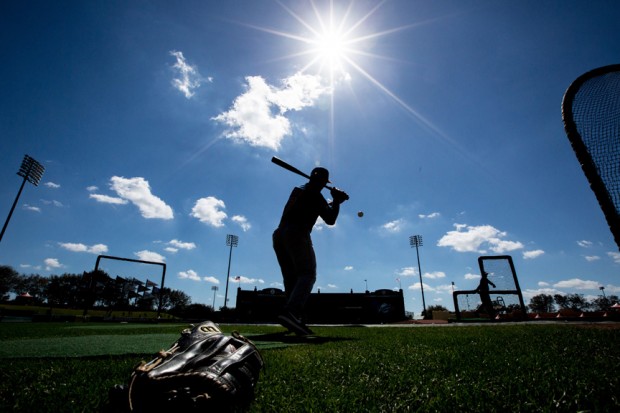
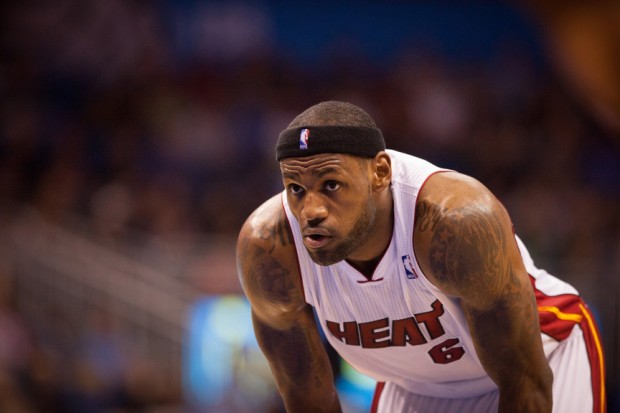
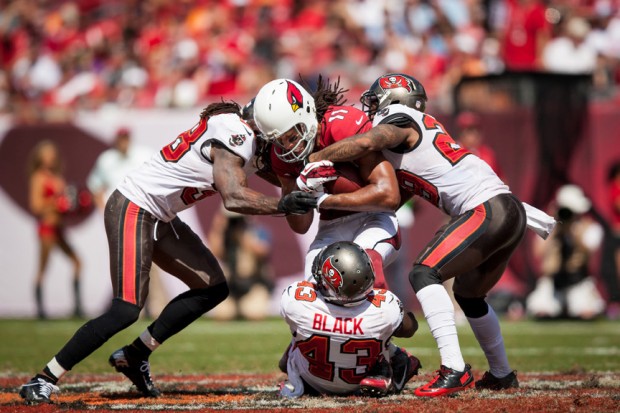
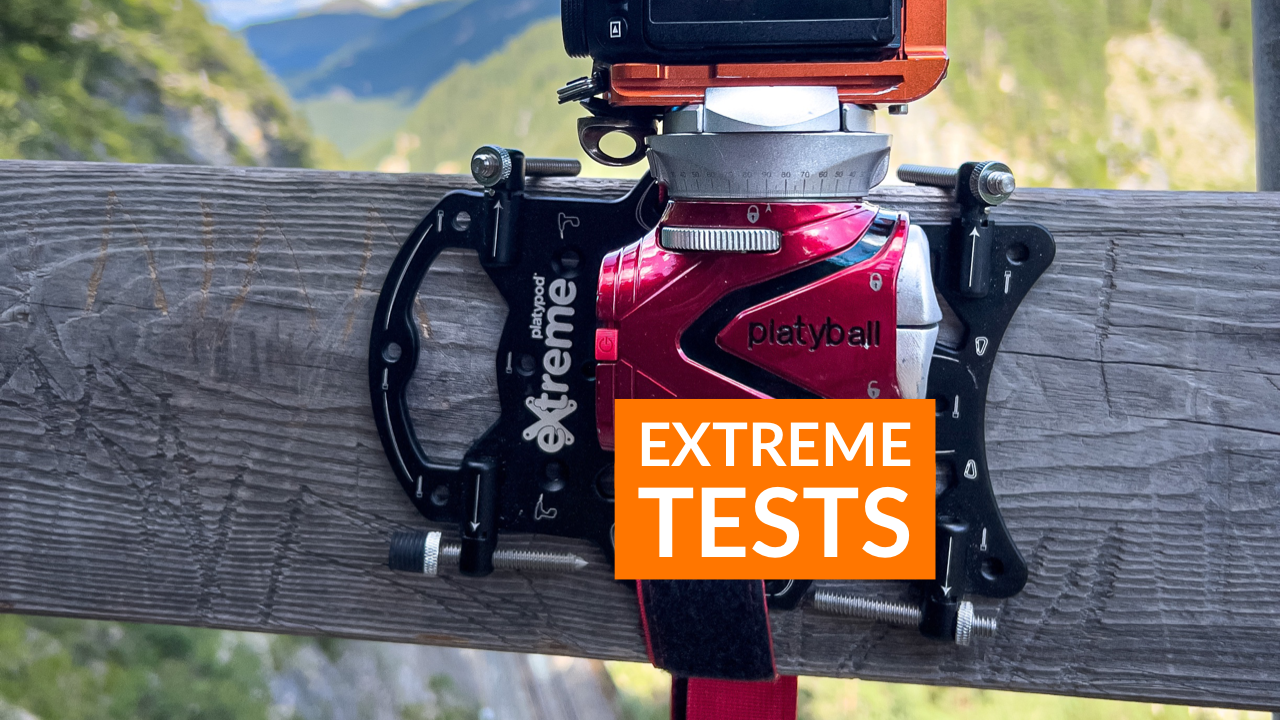
2 comments